El most spectacular museum in Türkiye, Museum of Anatolian Civilizations, is located in the capital, Ankara.
Although it is not normally thought of Ankara as a destination in a first trip to Türkiye, a visit to this museum more than justifies including the capital in any itinerary, especially for those interested in the cultural tourism.
Furthermore, a Ankara visit would also allow us to know Anit Kabir, Mausoleum of Ataturk, which explains the veneration that exists among a part of the Turkish population for the founder of the Republic.
Thus, the Museum of Anatolian Civilizations explains part of the past to us, and Anit Kabir of the present of this country.
All the information in detail
The best things to see and visit in Ankara
El Museum of Anatolian Civilizations It occupies two very well renovated 15th century buildings that formed a bedesten, a bazaar from the Ottoman era.
Is found in Atpazari, the district known as the Horse Market, just below the Citadel.
It was declared Best European Museum of the Year in 1997 and is, of course, one of the best archaeological museums in the world.

You have to count on a minimum of two hours to take a tour with a little tranquility and depth, although those interested in history will surely spend much more time.
As with many other projects of the last century in Türkiye, the museum was promoted by Ataturk.
What to see when visiting the Museum of Anatolian Civilizations
Initially it was going to be known as the Hittite Museum, to show the great discoveries that had been made recently about the ancient Anatolian civilization, but later its content was expanded to house the treasures from other cultures.
That is why a visit to the museum is a journey from the Paleolithic to the Hellenistic and Roman periods, always following a chronological order in a circular itinerary marked counterclockwise.
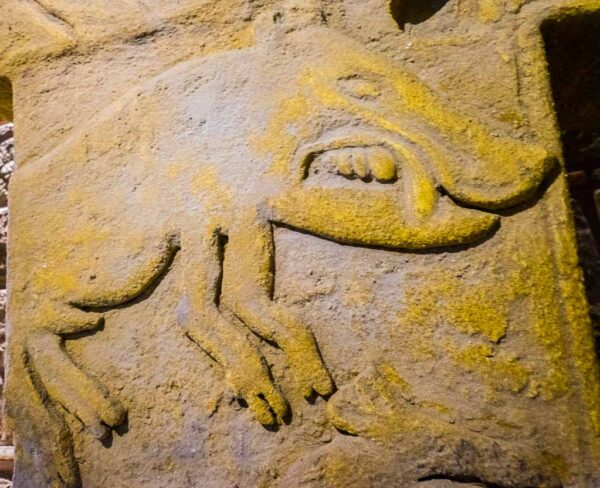
This is how the large central patio is surrounded, where there is a fabulous collection of reliefs.
The objects shown come from numerous different places such as Catalhöyük, Hacilar, Hatusa, Alacahöyük, Kültepe, Karkemish, Altintepe and Gordion, among many others.
The Neolithic, Hittite and Phrygian periods are very well represented, but the Greek and Roman times not so much.
You will have to go to the archaeological sites de Ephesus, Hierapolis, Aphrodisias, sagalassos and many others, in addition to the Istanbul Archaeological Museums, to discover the best of the presence of those cultures in what is now Türkiye.
In any case, this museum is a fundamental and necessary stop if you visit the great Hittite archaeological centers of Hatusa, Yazilikaya y Alacahöyük, which make up a good excursion from Ankara.
The museum is surrounded by a park where it is possible to rest for a while during the visit; There is a store with books, souvenirs and reproductions of some pieces.

Paleolithic and Neolithic in Anatolian Civilizations Museum
As soon as you enter, the visit begins by turning to the right and arriving at a small section dedicated to paleolithic period, with axes and other stone tools.
La section dedicated to the Neolithic It is much more attractive.
Here are some of the discoveries made in Catalhöyük, which was the most evolved Neolithic center in the entire Middle East.
In fact, it is possible that this place located about 40 kilometers from Konya is the oldest known city and, therefore, everything we see takes us back to life in the first cities in history, 8.500 years ago. years.
ORGANIZE your TRIP
- Don't forget your TRAVEL INSURANCE with a 5% discount
- Book the HOTEL for your trip
- RENT a CAR for your trip
- The best TOURS and EXCURSIONS in Spanish
- NO-LINE TICKETS for museums and monuments
- Best FREE TOURS around the world
- Book your TRANSFER from the airport
- eSIM card with INTERNET at the best price
La reproduction of a house from Catalhöyük It shows a very characteristic mural decoration.

Among the many notable objects of the neolithic era there are what are probably the oldest mirror and property seals in the world.
Also very important are the oldest known examples of figures representing the Madre Tierra in the form of obese women.
The most famous figure appears seated with her arms resting on the lions that flank her, simultaneously representing her role as goddess of fertility and mistress of the animal world.
This is a concept that has persisted throughout the millennia in successive Mediterranean cultures and religions.
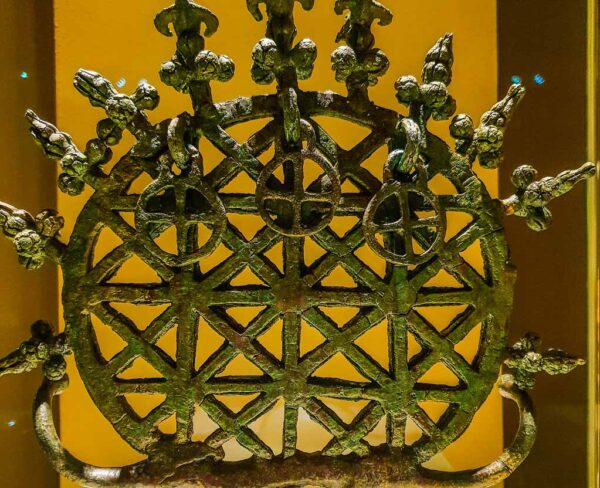
Copper and Bronze Ages in Anatolian Civilizations Museum
The next period is Chalcolithic o Copper Age, where there are good examples of pottery painted with geometric designs that are very similar to those of modern kilims, the typical current Turkish rugs or rugs.
You pass in front of one of the entrances to the central patio, which appears guarded by the colossal relief of the Hittite war god.
This figure was originally in the Gate of the King of Hatusa whose place is now occupied by a reproduction.
To maintain the chronological itinerary, it is advisable to resist the temptation and not enter into the room of hittite reliefs and continue the visit in the suggested order.
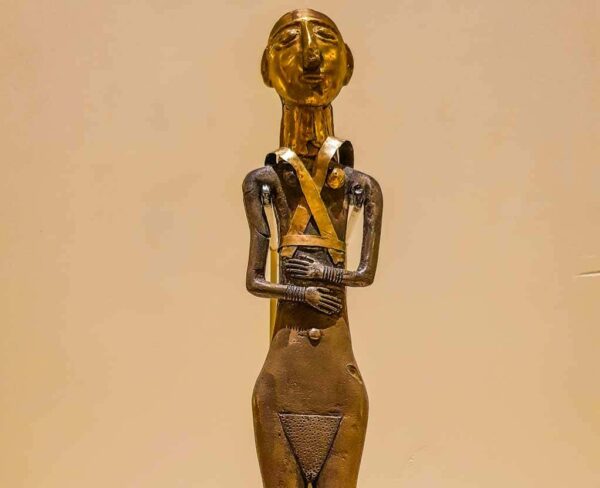
We must continue with the exposition referring to the Bronze Age (3000-2000 BC), with countless pieces that demonstrate mastery in metal work.
A good part of the findings shown come from the royal tombs of Alacahöyük and they are among the best-known and most reproduced objects in the entire museum.
Among them are discs with crossed line designs that continue to arouse intense fascination after several millennia.
Their exact meaning is not known, but it is assumed that they were cosmological symbols that had great mystical importance.
They correspond to the hatti culture that influenced the Hittites when they conquered their territories.
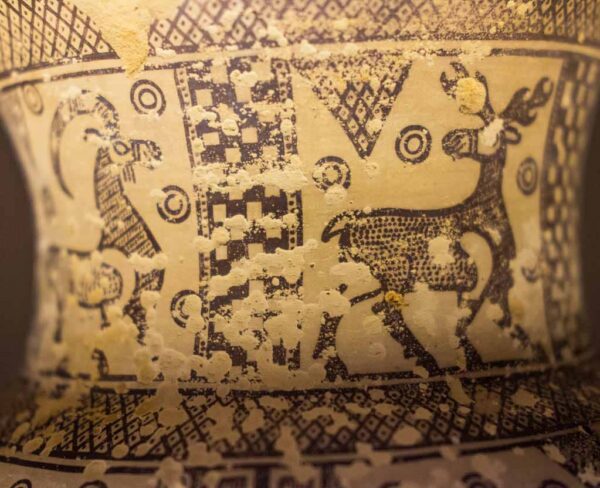
Assyrians in Anatolian Civilizations Museum
You then turn left to continue the route and reach the time of the assyrian colonies.
The assyrian merchants They arrived from Mesopotamia attracted by the wealth and prosperity of the hittite empire.
Through the trading colonies they introduced the cuneiform writing systems, of which several examples are shown that correspond to commercial documents.
It is likely that such a complicated writing system was not successful among the hitites, who adopted a hieroglyphic system as seen perfectly in the reliefs when visiting places like Yazilikaya.
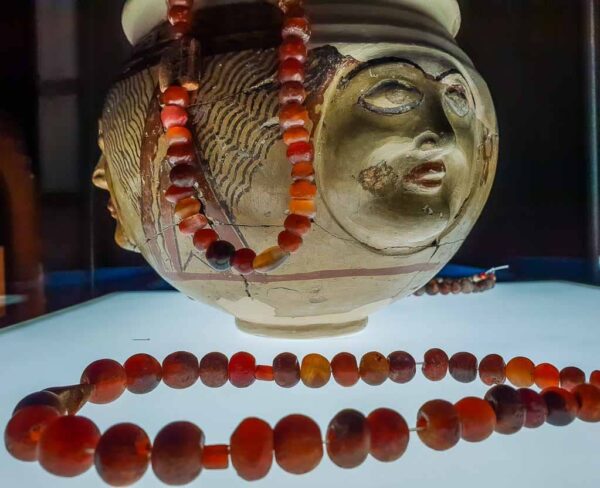
Hittites in Anatolian Civilizations Museum
We then arrive at the hittite era (1700-1200 BC), with pieces, especially libation vessels, that come from Hatusa, Alisarhöyük, Alacahöyük y Kultepe.
Don't forget your Travel Insurance
Are you organizing your trip or getaway? Don't leave without take out your travel insurance before, and here we explain why. If you hire it with us, you have a 5% discount
It is a small corner since most of the pieces from this period, the large reliefs, are displayed in the central patio.
Below appears the room dedicated to the Phrygian period, town that replaced the hitites in power in Anatolia.
Its most famous monarch was king midas and its capital, Gordion, has entered common language with the expression of the “Gordian knot.”
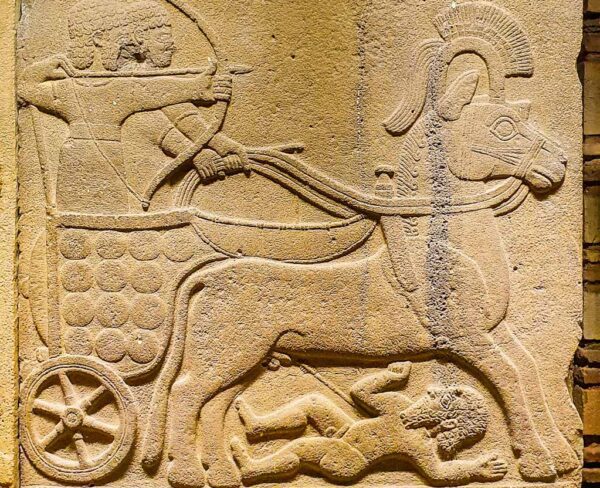
Most of the pieces shown come from the royal tombs of Gordion and the works made of wood stand out.
The next section corresponds to the urartian culture, contemporary of the phrygian, but developed towards the east in an area that includes current territories of Iran and Syria.
Below is the room dedicated to hellenistic period, although it is not the best part of the museum.
Hittite sculptures in Anatolian Civilizations Museum
It is time to move to the large central patio dedicated to the Hittite and Neo-Hittite sculpture.
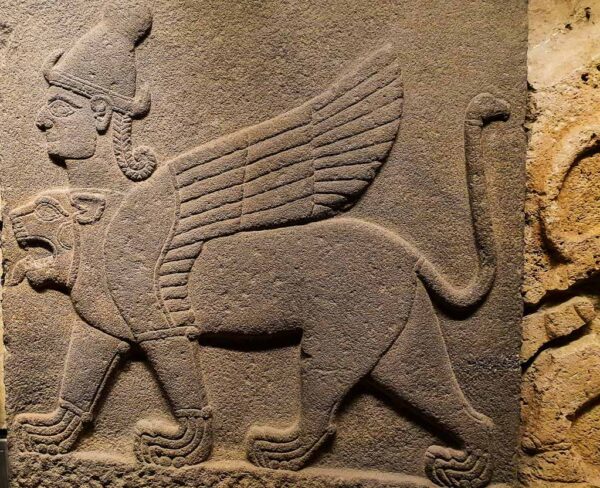
Most of them are orthostats —slabs placed vertically that decorated the lower part of the walls—with reliefs.
They represent both religious scenes (gods, sacrifices, etc.) and political scenes (kings, battles, etc.), and in some cases a reproduction is shown next to the original piece when it is very damaged.
In the section dedicated to Alacahöyük highlights the orthostats that decorated the Gate of the Sphinxes, and are the sample of the art of New Hittite Empire (1450-1180 BC).
Most of the room is dedicated to the Karkemish finds, which was the capital of the most powerful of the neo-Hittite kingdoms that arose after the disappearance of the New Hittite Empire.
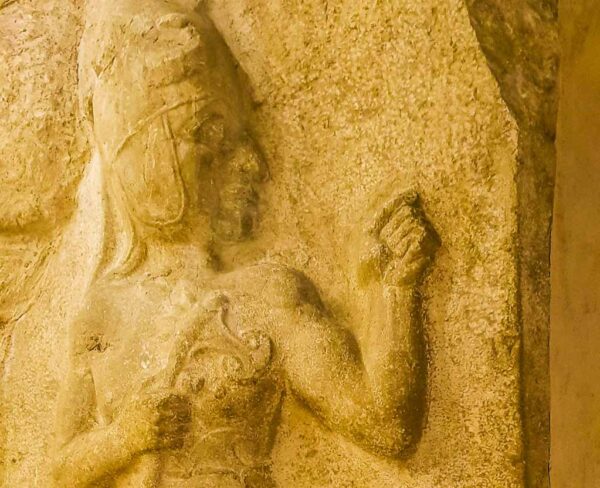
Here gods, kings, fantastic animals, processions preparing sacrifices, banquets, battles, etc. are represented.
Anatolian Civilizations Museum Hours
The Visiting hours of the Museum of Anatolian Civilizations They are currently Monday to Friday, from 10 a.m. to 17 p.m. from April 1 to October 30, and from 10 a.m. to 16 p.m. from November 1 to March 31, remaining closed on Saturdays and Sundays.
El price of admission It costs 45 liras (5 euros) and the ticket office closes half an hour before the museum.
Book your hotel, 15% discount, free cancellation
When planning your trip, we advise you to, well in advance, Book your hotel now on booking.com where you can find discounts from 15% and you will have a possible cancellation for free




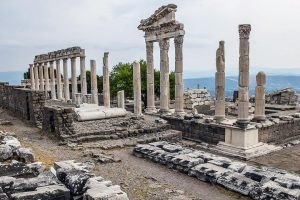










Comment